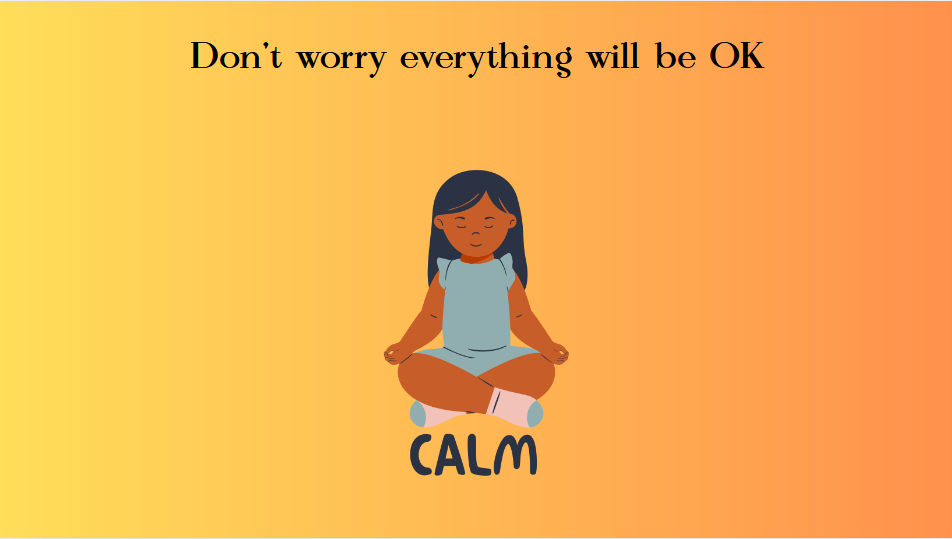It is important that movies and other media cover intense issues. Topics such as sexual assault, domestic violence and abuse are all very cruel – but very real – parts of the world.
As such, it is paramount that artists represent these brutal realities in their work to bring awareness and potentially give a voice to victims through their representation on screen and in other mediums.
A crucial step in the healthy representation of trauma is the presence of trigger warnings. Trigger warnings are cautions to viewers that the content of a film, show, book or other form of media may have segments that could be concerning or triggering to anyone with sensitivity to the content the warning is for.
A trigger is a stimulus that elicits a reaction in a person and in the context of mental illness can bring on symptoms or exacerbate them.
Trigger warnings are incredibly important because they allow viewers to not be caught off guard by disturbing subject matter. This matters because if somebody with a sensitivity or trauma to these heavy topics is taken by surprise, it can cause very strong, negative emotional reactions and even panic attacks, according to the Innocent Lives Foundation.
Holly Orcutt, an NIU psychology professor, spoke on the effect stimuli can have on the brain of someone with trauma, relative to seeing it in a film or other such media.
“Part of what contributes to PTSD is the idea of that memory occurring again in an active threat situation, for example. So not necessarily your mind being able to make that distinction that this is a memory, but you’re safe now. This is not happening again, even if it feels like it is happening again,” Orcutt said.
Trigger warnings can help prevent these harmful instances of angst and high stress caused from trauma inducing stimuli and help people prepare themselves for and respond to heavy topics.
An argument against trigger warnings is that they spoil parts of the story for viewers, according to MovieWeb. This argument is pointless and inconsiderate.
If a whole section of a film can be spoiled by simply giving a vague warning of the content it contains, then that film isn’t that strong in the first place.
In truth, a trigger warning only gives a slight hint to the subject matter and is nowhere near specific enough to reveal anything about the plot.
Another argument is that trigger warnings are performative and are only done by producers and artists in an effort to avoid being “canceled.”
This is similarly ridiculous and completely dismissive. Trigger warnings aren’t a concept simply used as a cover for filmmakers and others to hide behind when they cover controversial topics. They are a real and legitimate way to look out for their audiences.
Another important factor of trigger warnings is that there is nothing stopping companies from including them in the products they release. The addition of trigger warnings can be something as simple as a slate at the beginning of a film or a single page at the beginning of a book.
That being said, very few film companies currently adopt them. Instead companies such as Sony, Universal and Warner Bros. Discovery rely on ratings from the MPA to try to give viewers insight to a movie’s contents. These ratings are helpful but as it stands they are too vague and do little to forewarn audiences. The extra step of a trigger warning would be even better in specifying the content and preparing the watcher.
The inclusion of a trigger warning takes seconds but can leave a positive impact that lasts the duration of the book or movie.
On the bright side, there are other avenues for audience members to know what they are getting themselves into. Orcutt spoke about alternatives such as the website doesthedogdie.com that gives its own warning for films independent of companies.
“So if someone wants to put together a website that evaluates these dimensions and then someone wants to seek that information out before they go see a film, maybe that’s also partially the middle ground,” Orcutt said.
This type of coverage is important and fills the gap that a lack of trigger warnings leaves for audiences.
It’s important to cover heavy topics in media, but a big reason to cover those heavy topics is to represent those that have experienced traumas first-hand.
As such, this representation should be made available for people with trauma and sensitivity to traumatic content, to view in a way that won’t be counterproductive and hurt them. Trigger warnings are a huge way to give audience members that opportunity and allow them to feel heard without provoking their trauma. Throughout the media, trigger warnings should be implemented with more regularity.














